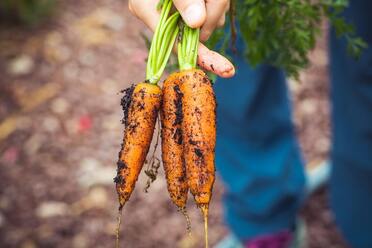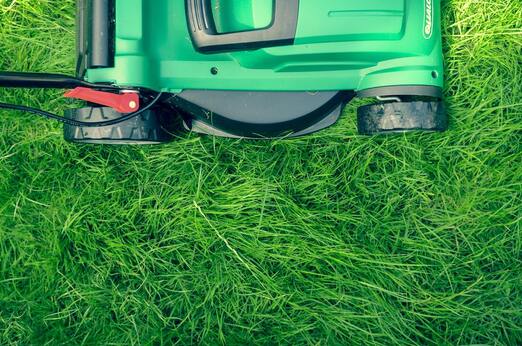caring for the winter garden  Vegetable Garden: There are many cool-season vegetables that can be planted outside starting this month including many brassicas, Irish potatoes, garden peas, lettuce, spinach, radishes, carrots and onions. Warm-season vegetables may be started indoors. On average they are planted about six weeks before it is time to plant them outside in the garden. Use a sterile potting mix and sterile containers to avoid damping-off diseases. For healthy, stocky seedlings provide 16-18 hours of light. Fluorescent or grow lights should be used to supplement natural light. Place them 2-4 inches above the containers and move them upwards as the seedlings grow. Fruit Garden: Begin pruning fruit trees and muscadine vines and brambles if you didn’t do it in January. For trees start with apples and pears and then move on to peaches and plums. A dormant oil spray can be made for scale if you didn’t do it in January and temperatures are above 40°F and below 85°F. Blueberries can be thinned if plants are mature by cutting out the older, less productive branches at ground level. Lawns: Cool-season grasses can be fertilized this month. A total of 2-4 lbs. N/1000 ft² per year should be applied in split applications in the fall and late winter, so an application of 1-2 lbs. N/1000 ft² can be applied now. Do not fertilize warm-season grasses (Bermudagrass, centipede, zoysia, St. Augustine) yet. A preemergent herbicide for warm-season annual weeds can be applied starting late February if air temperatures have reached 65°-70° F for four consecutive days. On average, it is usually March 1 for the coastal area before this happens. A good way to time an application is to do it when forsythia is starting to bloom in your area. Also try to time the application for when rain is forecasted during the following 48 hours. If these weeds have been a serious problem in the past, you may need to make a second application 9 weeks after the first so be sure to keep a record of applications. For more information on managing weeds in the lawn please visit: https://hgic.clemson.edu/factsheet/managing-weeds-in-warm-season-lawns/ Ornamental Trees and Shrubs: A dormant oil spray can be made for scale if you didn’t do it in January and temperatures are above 40°F and below 85°F. Remember to treat at a time of day when the sun is not shining directly on the plant. Pruning can still be done on non-spring blooming plants now. For spring blooming plants, wait to prune after the plants have flowered. For a list of flowering shrubs and when to prune them please visit: https://hgic.clemson.edu/factsheet/pruning-shrubs/ Perennials: Hardy perennials can still be planted at this time. Start cleaning up winter damaged or dead foliage on the plants already in the garden. Perennial grasses and overgrown groundcovers, such as liriope, can also be cut back before new growth begins.
Annuals: For winter annuals keep up the maintenance recommended for January. Keep them watered, fertilized and dead-headed. Start planning what summer annuals you will plant. Try a combination of new and older, dependable varieties. Think about trying a new color combination in the garden and in your decorative pots. |
Categories
All
Archives
June 2024
|


 RSS Feed
RSS Feed



